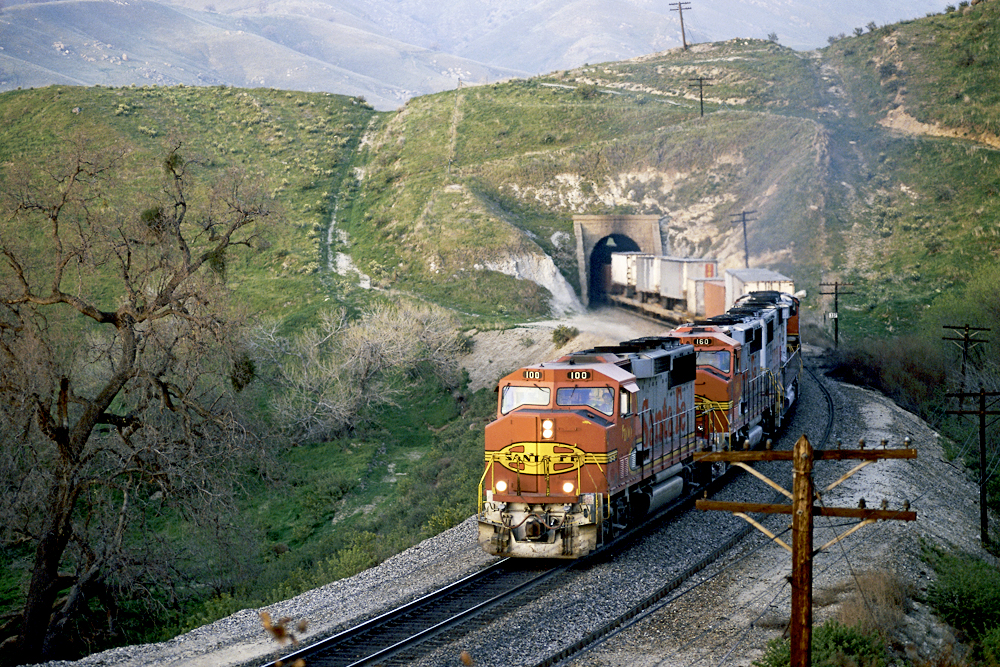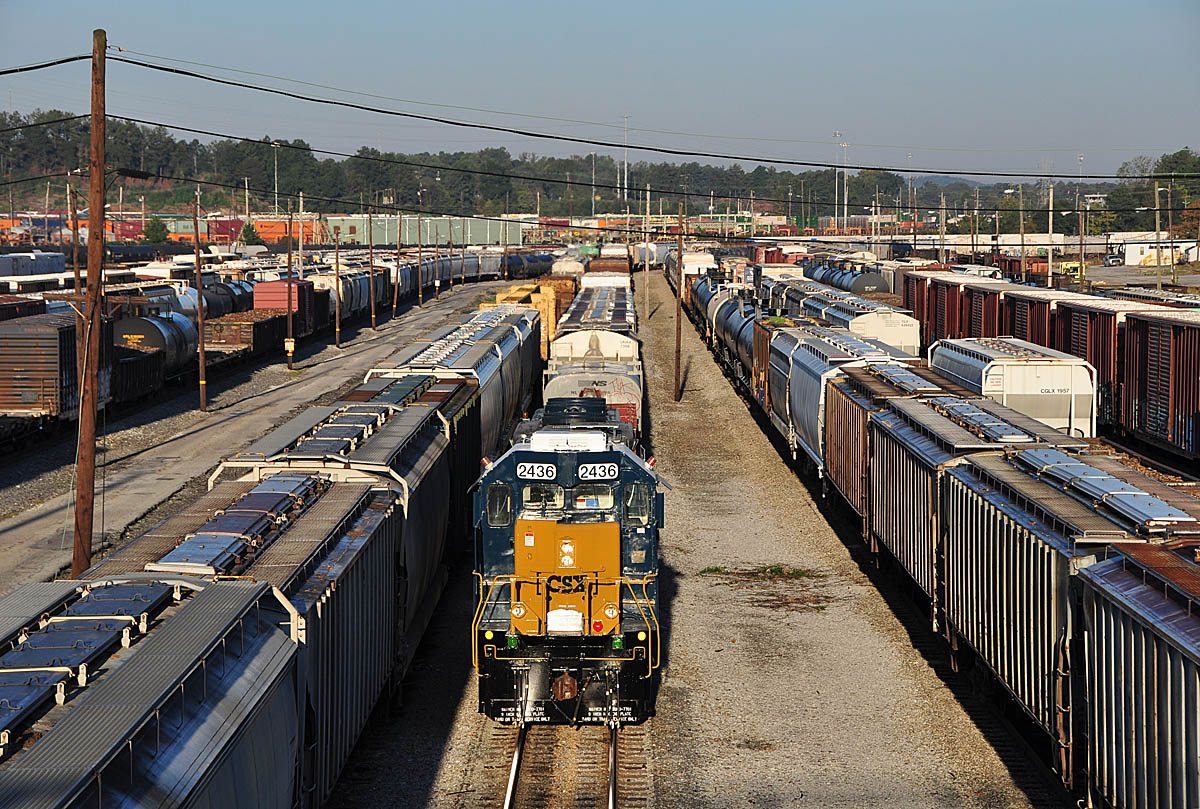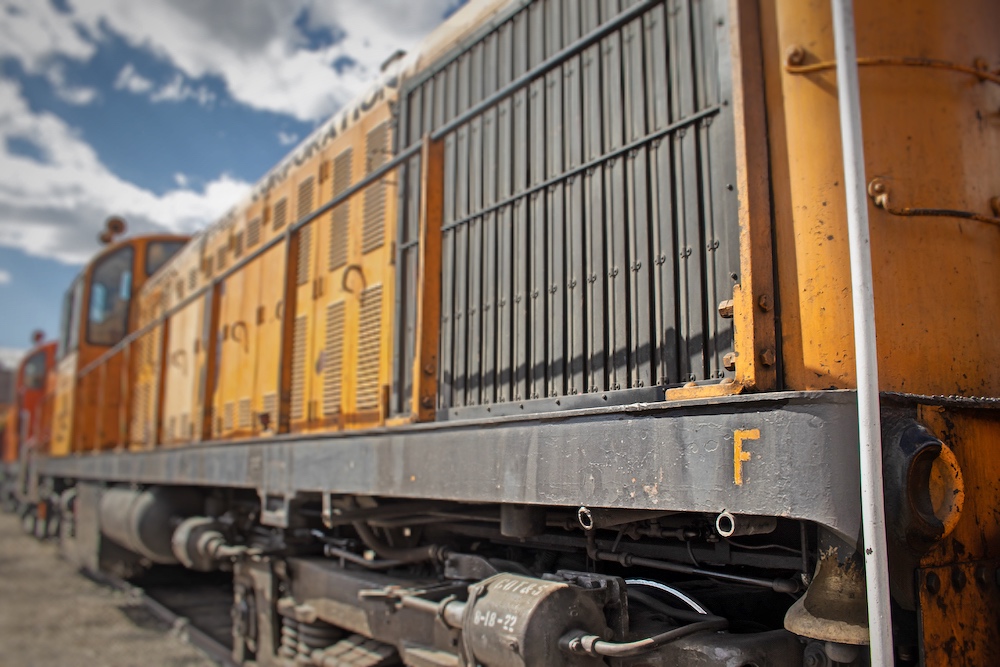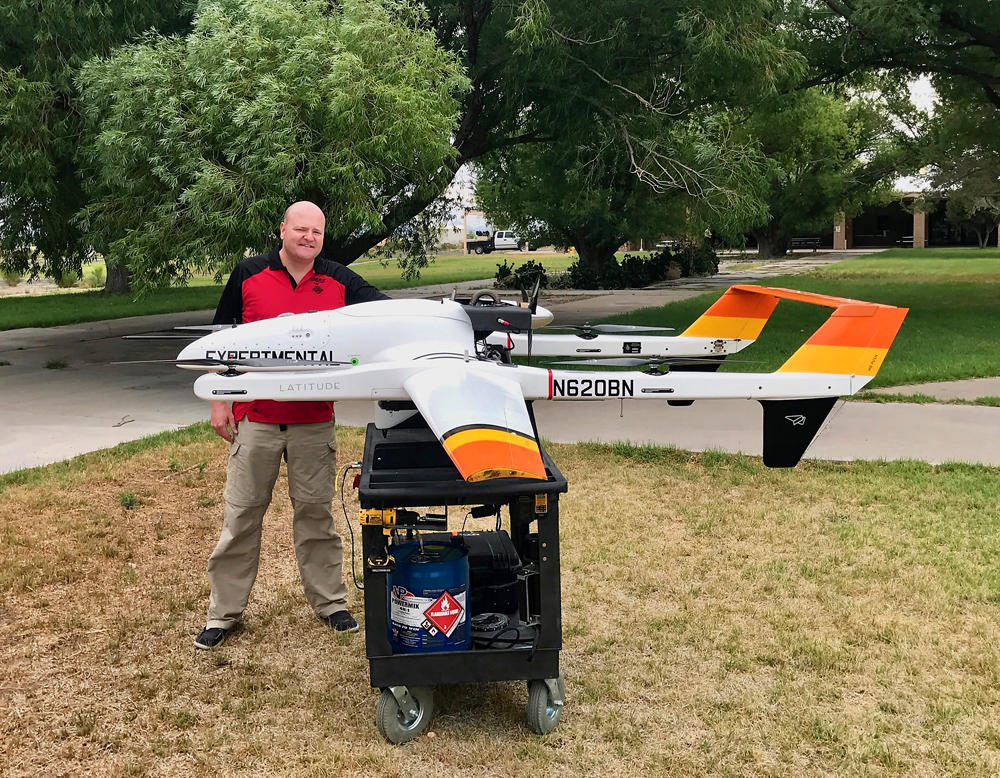
Trackage rights are one of the main reasons you may see a train from one company operating on tracks belonging to another company. Geography, for example, played a role in the long-standing agreement governing Union Pacific’s crossing of California’s Tehachapi Mountains. When this line was built by the then-Southern Pacific, there was no room for rival Atchison, Topeka & Santa Fe to build its own line through the pass so, in 1900, the railroads agreed to share the SP line and split maintenance and dispatching costs.
Today’s trains are operated by Union Pacific and BNSF Railway, but the Tehachapi agreement endures.
An “overhead” or “bridge” trackage rights agreement means the guest railroad can move over the host railroad for a set fee but may not serve customers along the line. Less commonly, a “full service” trackage rights agreement is reached, which allows the guest road to serve the host railroad’s customers.
Of course, this level of access comes at a hefty price, but it’s still much cheaper than building a new line to reach customers already served by a rival line. Under a full-service agreement, the guest railroad runs its own trains, usually with its own crews, collects the money from the shippers, and pays the host railroad a fee (which is usually based on car-miles).
From the railroad’s perspective, there are some problems with traditional trackage rights, one of which involves job protection. If the employees of the host railroad lose their jobs because the guest railroad has taken away business, those employees are entitled by federal law to compensation.
Trackage rights are also a matter of public record. That means shippers can easily find out the particulars of deals other customers have reached with your railroad. In the days when the government tightly controlled what railroads could charge, knowing what other shippers were paying didn’t matter — everyone paid the same rates. After railroads were deregulated in the 1980s, it mattered a lot. If one customer gets a great rate, the other shippers on the line will demand the same.
Railroads today are more likely to sign “haulage rights” agreements rather than trackage rights. When one railroad grants haulage rights to another company, it’s essentially giving the guest line permission to negotiate rates directly with shippers. The details of these agreements are not routinely disclosed — not even to the company that owns the track. The guest railroad is also responsible for supplying the cars.
For its part, the owner company retains complete control over the operation of the line, from dispatching and track maintenance to providing the train crews and sometimes even the locomotives. In return, the line’s owner is paid a fee for moving each car generated by the guest company’s sales force.
Labor protection laws don’t apply to haulage rights agreements. In fact, these agreements usually mean more work for the owning railroad’s employees.
Railroads have vastly extended their reach thanks to haulage rights. Back in the 1990s, for instance, the Santa Fe Railway owned about 7,600 miles of track from Chicago westward. During that same period, haulage rights with eastern giant Conrail allowed Santa Fe to negotiate transcontinental single-carrier contracts with intermodal shippers in New York, Boston, and Philadelphia.
Although they may not know what the company down the road is paying for rail transportation, shippers also prefer haulage rights because it involves one contract and makes one railroad responsible for the shipment from origin to destination.













Question about a theoretical: an aggregate company is at location 1 on Railroad A. Five miles away is an interchange with Railroad B. The same company has a location 40 miles away at location 2 on Railroad B. Obviously not a money maker for Railroad A to move aggregate five miles. If Railroad B handled the unit train traffic between the aggregate company’s two locations, what level of trackage rights would this involve?
Would this be considered interchange for AAR purposes? If the aggregate company used cars that were restricted from interchange service for its traffic on Railroad A, could they be used in this case for traffic on B?
I’m hardly an expert on this, however I would expect that ultimately the tenants (Railroad B and the aggregates company) would have to comply with whatever rules Railroad A wished to impose. I do know that companies are willing to make exceptions to a general rule (e.g. no friction bearings) under the right circumstances and for the right amount of money (including insurance).